Freezing food might seem like a no brainer, but you’d be surprised how many folks are doing it incorrectly.
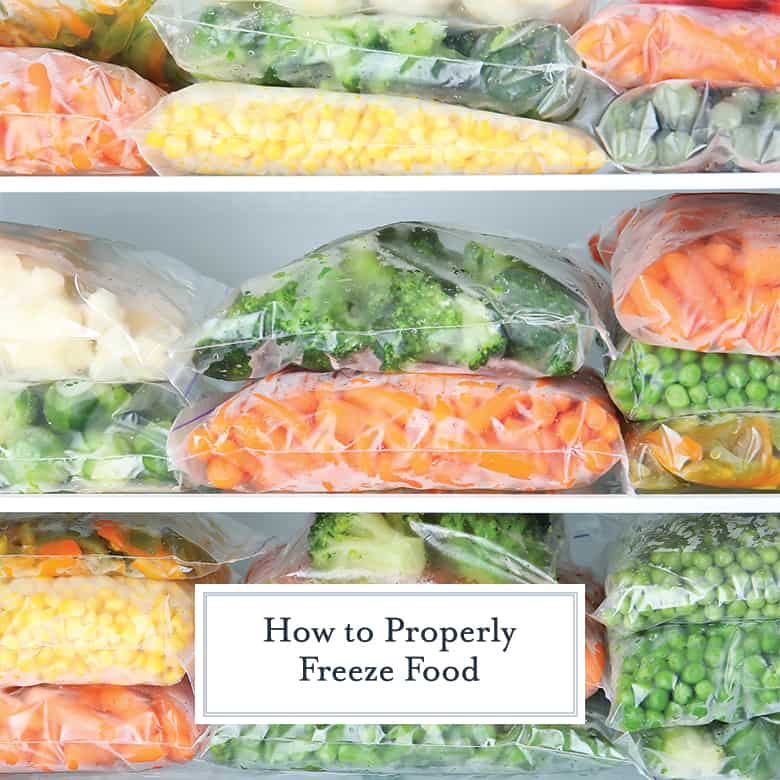
This not only risks your family getting sick from foodborne illnesses, but also that the precious food you stowed away will no longer be good when thawed.
Take a few extra steps, some you may know, some you may not, and make sure you make the best out of your frozen foods. Start with a few general tips before going into specific foods.
How to Freeze Foods
- Make sure your freezer is at the proper temperture. Yes, 32°F is considered to be freezing, but your freezer should be a 0°F or less.
Storing at the proper temperture helps to retain vitamin content, color, flavor, and texture. Properly frozen foods will retain the same nutritional benefits as if they were fresh. - Freeze sooner rather than later. This is true especially for fresh produce. Keep in mind that not all fruits and vegetables freeze well, but if you do intend to freeze them, get on it.
All produce starts to lose nutritional value the moment it is harvested, but freezing will stop this process. Freezing sooner helps to make sure you are getting all the potential benefits. - Use a deep freezer or alternate freezer for foods you plan to keep for a long time. Even just the everyday usage of a freezer opening and closing can reduce the longevity of your frozen foods.
If you have an alternate freezer, foods will last 6-7 months, however in an everyday freezer, they max out at 3-4 months. A deep freezer, however, can keep foods good for up to a 1 year.
If you only have one freezer, place foods you plan to keep for longer as far towards the bottom as possible. - Cool any hot foods before adding to the freezing. While adding something while still hot or warm won’t hurt the food you are freezing, it could partially thaw the food around it.
- Air is the enemy. Air creates the potential for freezer burn. The best way to get foods frozen with little to no air is with a vacuum sealed system like Foodsaver.
Easy to use, you can literally freeze liquids and solids in their bags and the freezer life will extend for months.
You can also use regular airtight plastic bags, squeezing out as much air as possible before putting into the fridge. Plastic bags can be reused over and over again for many items. Just rinse and dry between uses. Or use these reusable silicone bags that are even dishwasher safe!
If you are using plastic airtight containers, fill it to the brim so there is a little to no air at the top. These will only be good for 1 month or so, so plan these meals/foods accordingly. You can also snuggly wrap foods tightly in plastic wrap or freezer paper.
Pro Tip
Make sure your foods are cool when packaging. If they are still warm, they might need some space for expansion and the heat will create steam (moisture) which leads to freezer burn.
- Freeze in smaller portions. Freezing in single servings or family servings is best. It will freeze faster, be more compatible with space in the freezer itself and also thaw faster when you are ready to eat it.
- Label your frozen foods. I can’t tell you how many times we looked at a random plastic bag and wondered “what is it??”
If you plastic bags have a label on them, keep a marker in the kitchen and simply write the name AND date of when you froze the item. You can also buy freezer tapeto use on any vessel.
- Do not overcrowd your freezer. Filling it to the brim will inhibit it from keep the correct temperature though and through and create the possibility that the seal could be broken, causing it to thaw slightly.
- Did you know that most freezer manufacturers suggest totally defrosting your freezer and cleaning it 1 to 2 times per year? I know I don’t do this… but I should and so should YOU!
- Not all casseroles freeze the same, learn which ones to freeze uncooked and which ones to freeze fully cooked and then how to store them.
In summary and in general:
- Freezer friendly foods in a general kitchen freezer: 3-4 months
- Foods kept in a separate freezer: 6-7 months
- Foods keep in a deep freezer: up to 1 year
- No foods should be kept for more than 1 year.
What foods are not freezer friendly?
- Gravies and sauces thickened with cornstarch or flour will separate during the freezing process. You can freeze an unthickened sauce, and then add thickeners after thawing.
- Fruits and vegetables with a high water content, such as raw leafy greens, melons, and raw squash will become limp and soggy when thawed. Apples, pears, radishes, alfalfa sprouts, raw potatoes, eggplant, onions, celery and pumpkin are also on the list of “best not frozen.”
- Cooked potatoes develop a gritty texture when frozen.
- Fully cooked pasta may become mushy once reheated. Slightly undercook pasta before freezing it.
- Some dairy products, such as yogurt, cream cheese, cottage cheese, sour cream, milk, and cream, will separate when frozen. However, butter, margarine and hard cheeses can last up to 6 months.
- Can you freeze bread? Most breads freeze well and will only dry out slightly when thawed. Make sure to press as much air as possible out of the freezer bag and use within 3 months. You can also freeze it by the slice and defrost just a slice when you need it. This works best for sandwich bread.
- Do not freeze eggs in the shell. You can remove them from the shell and freeze them in airtight containers.
- Do not freeze deli meats or other processed meat.
- You can freeze canned fish, like tuna fish, but take it out of the container and repackaged it.
- Do not freeze desserts and baked goods that contain custards, cream as a main ingredient, pudding or prepared milkshakes.
How to thaw freezer friendly foods?
The safest way to thaw frozen foods regardless of the type of food is slow and in the refrigerator. Set it on a plate to catch any condensation that might pool while defrosting. Plan accordingly, as this might take up to 24 hours (or longer for things like a turkey).
The microwave defrost setting is the second safest way to thaw fast, however be mindful you can accidentally start to cook your food if it goes too long.
A warm water bath can help to thaw foods at an in between rate, but shouldn’t be your main method of defrosting, as the temperature can’t be controlled as well.
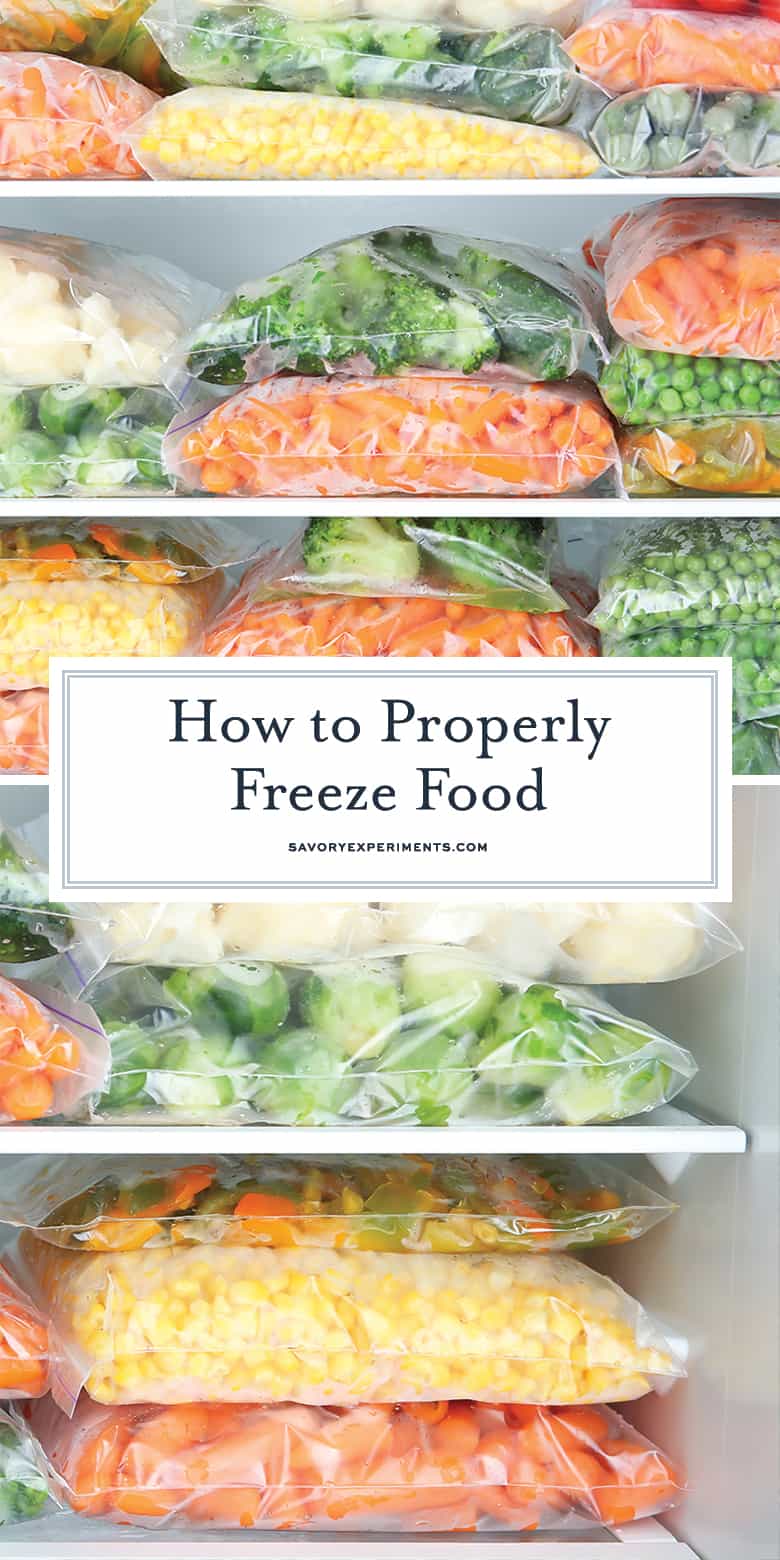

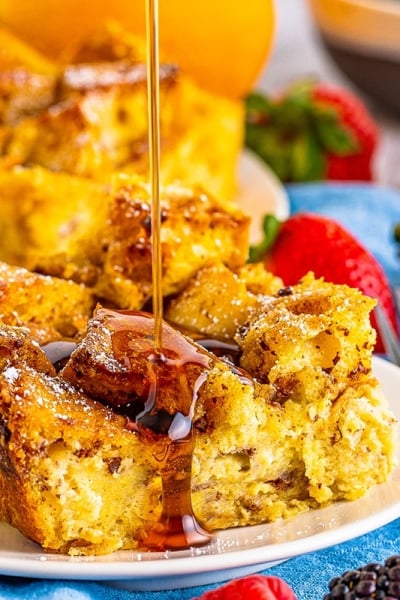
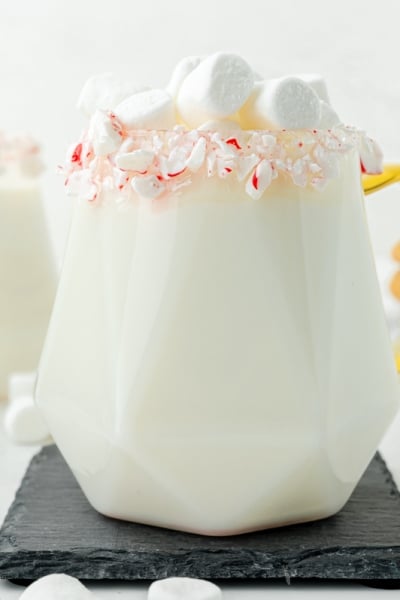

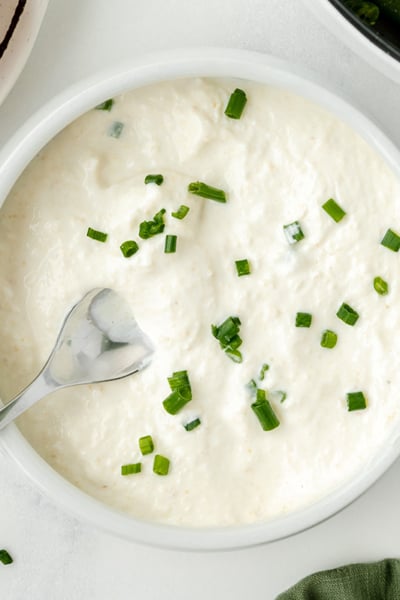
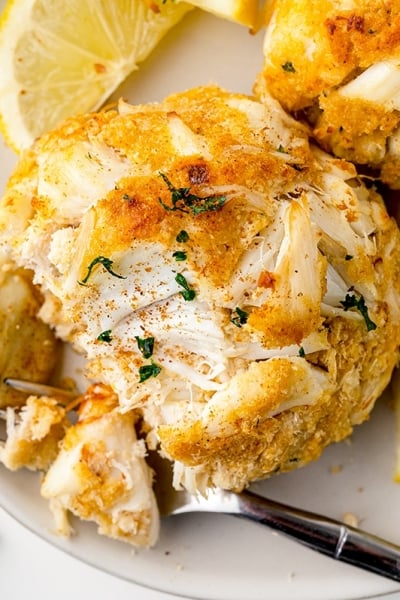
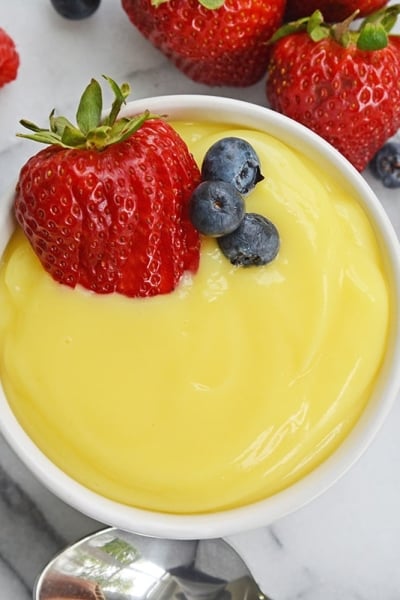
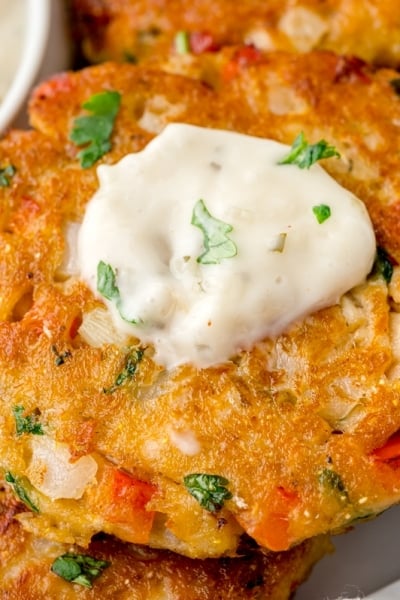
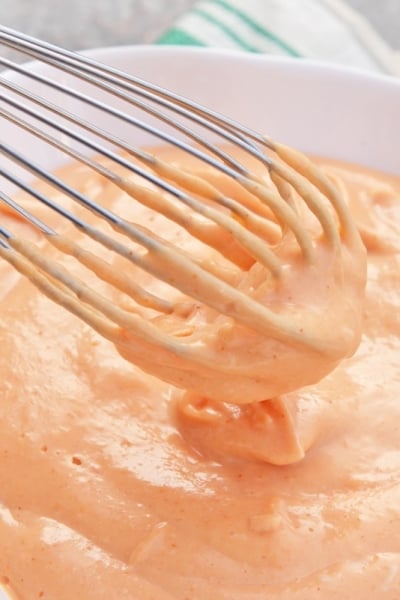
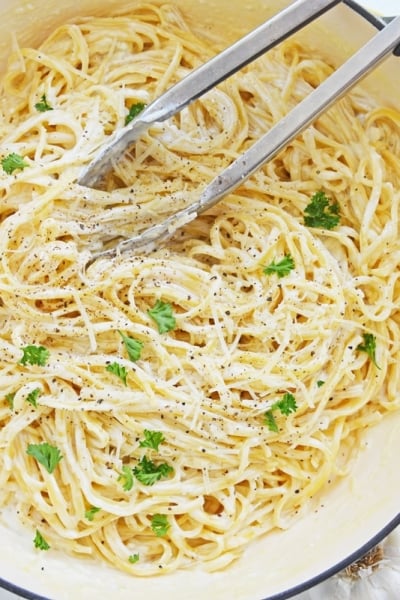
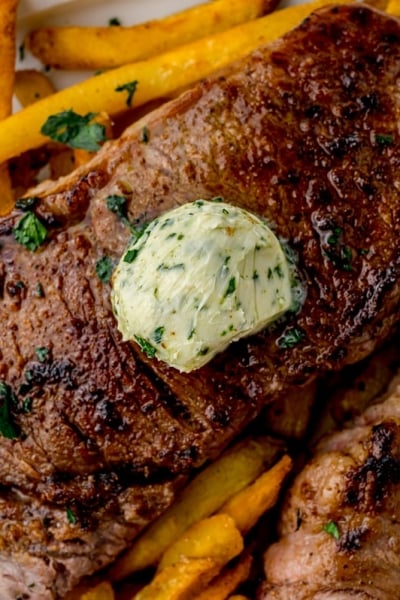







Do NOT freeze deli meats ??? Would love to hear an explanation
Hi Dennis- They have a lot of surface space that can lend to other bacteria and problems, but overall, it changes the texture and taste, they are most susceptible to freezer burn.
This is some great info. I thought I knew what to when freezing food but definitely learned a few things today. Thank you.
OMG!! I loved this. Excellent article. I always freeze vegetables and then they don’t have the right texture when I cook them. This clears up my suffering a lot hahaha. Thank you!
So glad we could help- happy freezing!
I love cooking but i’m always looking for new ways to do things.